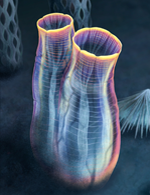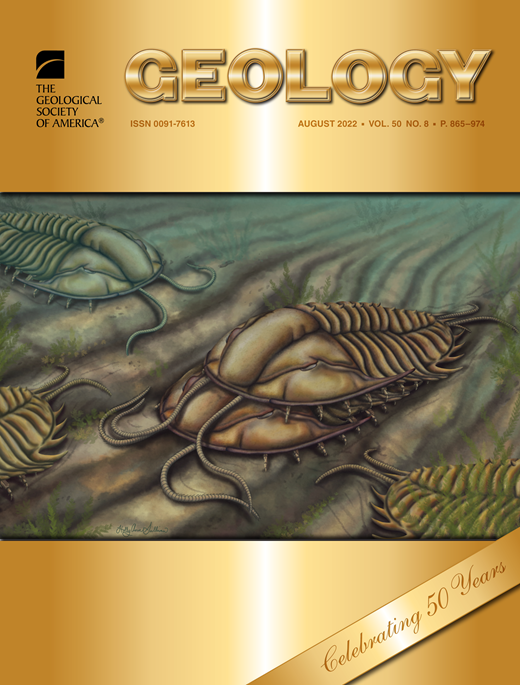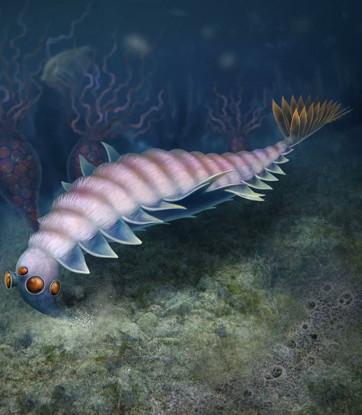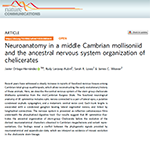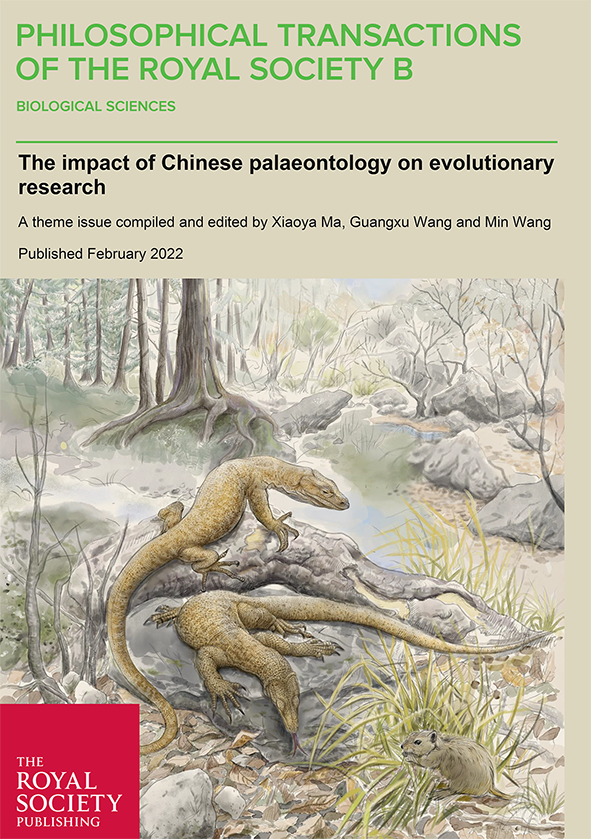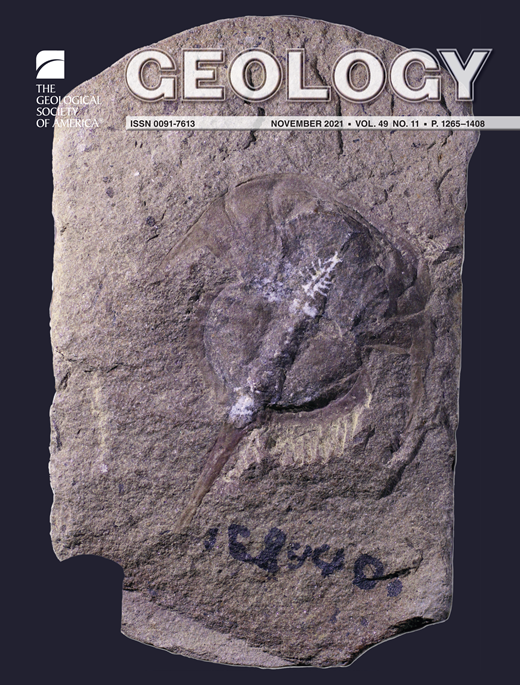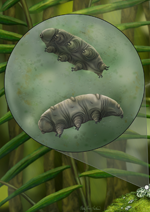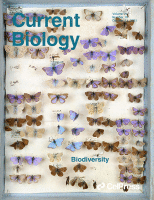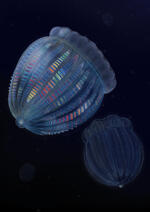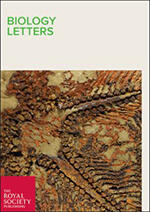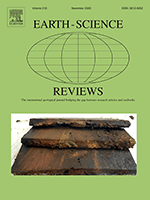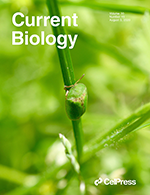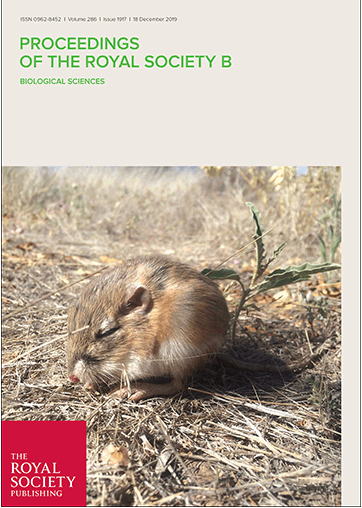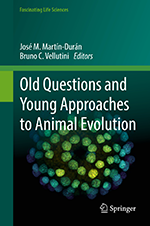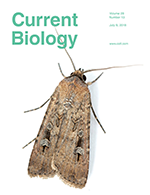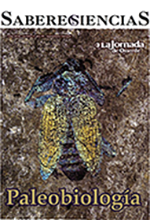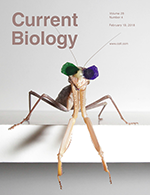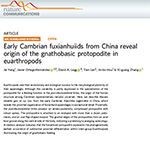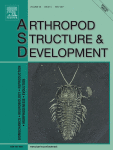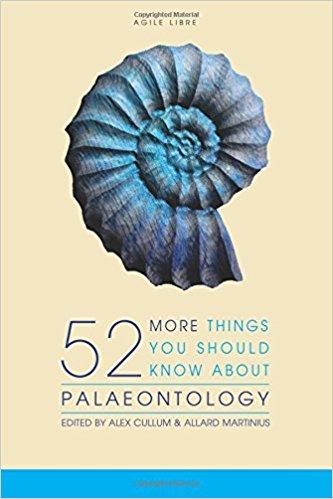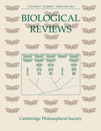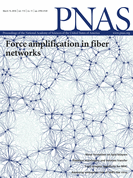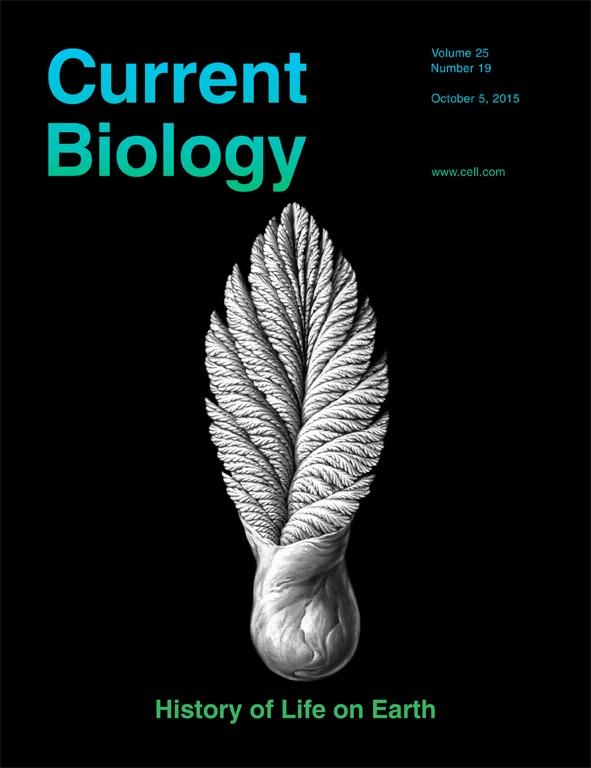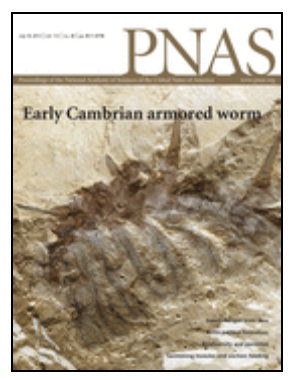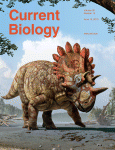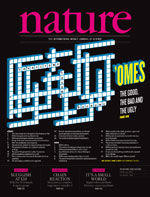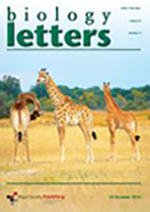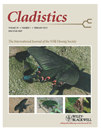Citation:
J. Ortega-Hernandez, S.J. Braddy, J.B. Jago, and P.W. Baillie. 2010. “A new aglaspidid arthropod from the upper Cambrian of Tasmania.” Palaeontology, 53, 5, Pp. 1065-1076.
Abstract:
The aglaspidid arthropod, Australaglaspis stonyensis gen. et sp. nov., is described from the Idamean (Upper Cambrian) of Stony Point, Montagu, north-western Tasmania. The dorsal exoskeleton comprises a semicircular cephalon with a well-defined marginal rim, acute genal angles, oval eyes, subtriangular glabella area and a subtrapezoidal hypostome. The trunk bears eleven somites with well-developed pleural spines that progressively curve backwards. Paired postventral plates cover the last trunk tergites and the base of the tailspine, which is long and characterized by a medial cleft. Bilobed ventral impressions indicate the presence of homopodous appendages, forming a food groove along the trunk. The fossil assemblage and its mode of preservation suggest that Australaglaspis originally possessed a phosphatic cuticle, but chemical traces of it have been lost because of regional metamorphism and weathering. Australaglaspis appears to be closely related to the North American aglaspidid Chraspedops modesta Raasch, 1939, based on its medially cleft tailspine.See also: Journal Articles

